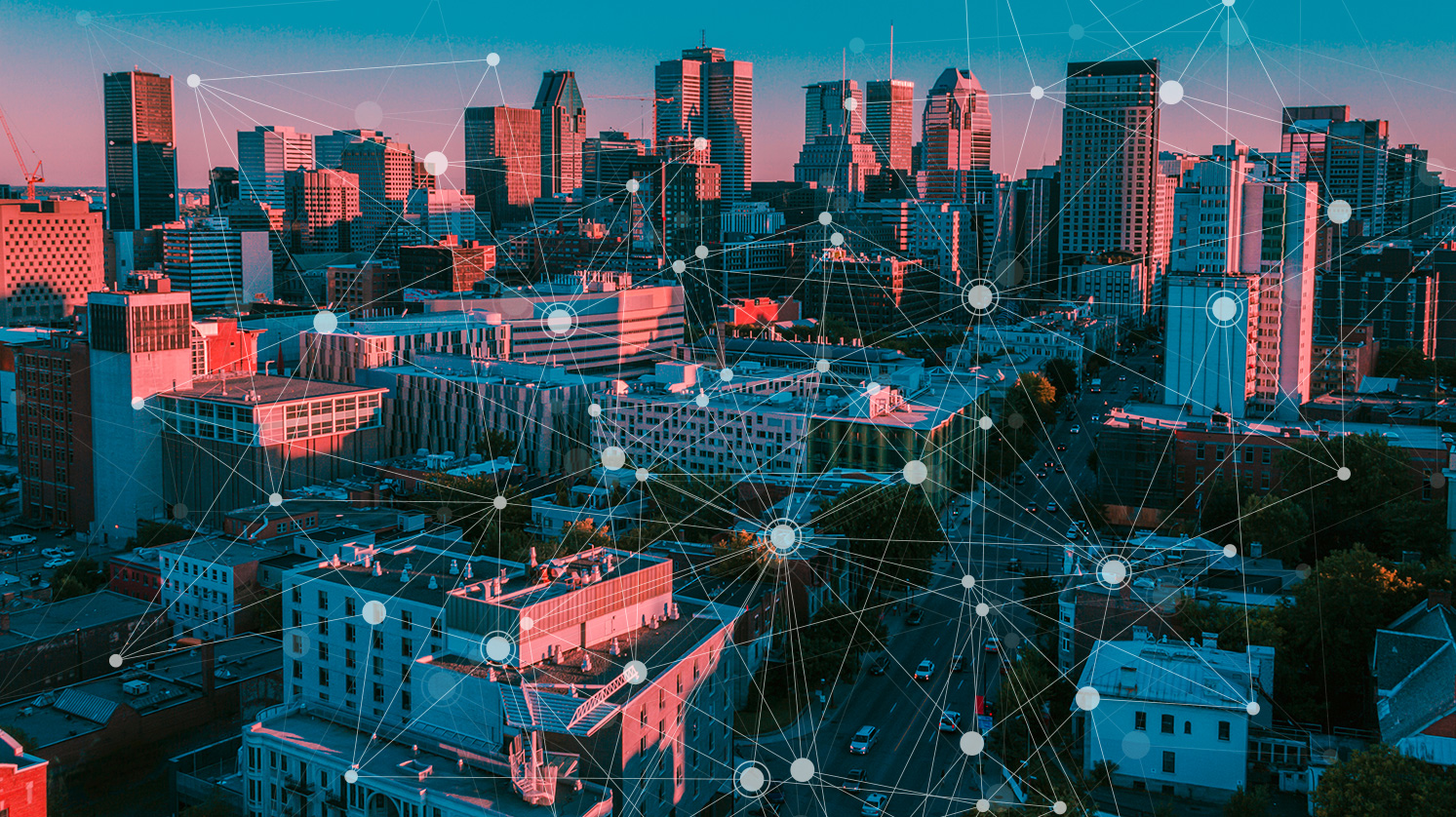
Insights and Advice from our Experts
INAP was fortunate to be a sponsor at Gartner’s annual IT Infrastructure, Operations Management & Data Center Conference 2017 in Las Vegas.
In addition to exhibiting our high-performance managed hosting and service solutions, our team of experts had the opportunity to attend some of the popular keynotes and sessions throughout the four-day event.
The conference included more than 150 sessions, so naturally we weren’t able to attend every one. We would have liked to, but since time travel is still unreliable at best, our experts picked the sessions they knew would be most relevant to the future of our business and our ever-evolving industry.
And they weren’t disappointed.
Here are five key industry insights and trends our experts brought home with them from the Gartner IO Conference.
1. Make Way for Artificial Intelligence and Machine Learning
You probably already use some form of automation in your business. Chatbots and virtual assistants are increasing in popularity, but are you doing enough to improve the efficiency of your infrastructure?
During their opening keynote address, Gartner’s Milind Govekar and Dave Russell predicted that if you don’t effectively adapt artificial intelligence (AI) and machine learning (ML) into your environment and workloads by 2020, your infrastructure may not be operationally and economically viable.
As a result, they expect an increase in software-centric or programmable infrastructure to support advanced platform thinking and integration with minimal human intervention. If utilized correctly, this technology will enable your environment to process more data faster with less cost.
Stay tuned.
2. Living on the Edge
It was just a few years ago that the internet of things (IoT) took off as the next big advancement in digital technology.
Businesses now need to embrace the edge by blending physical and digital resources to create an experience that provides value and makes a difference.
It’s not about rolling out technology for the sake of doing it. In a session about top trends in 2018 and their impact on infrastructure and operations, Gartner VP David Cappuccio pointed out the necessity of creating an intelligent edge. This focuses on utilizing connected devices that provide a real-time reaction and allow for interaction between things and people to solve a critical business need.
3. Data is More Valuable Than Ever
In a digital world of AI, connected devices and intelligent edges, data is becoming even more important.
Machine learning and automated systems will require additional data to analyze trends and behaviors to make logical decisions to improve efficiency, especially when connected with multiple devices. To manage the influx of digital information, a greater priority will be placed on data storage and backup. (Shameless self-promotion: INAP launched a new managed storage offering during this conference.)
More data also means more opportunities for hackers, and businesses are being forced to take additional steps to combat this risk. In a session about the state of business continuity management, we learned that average disaster recovery budgets were expected to increase in 2017.
4. Cloud Reaches New Heights
One of the overwhelming themes that kept coming up during sessions and keynotes was a focus on the cloud.
You’re probably already familiar with some of the stats that predict massive increases in cloud computing over the next few years. Gartner’s Govekar and Russell doubled down on those forecasts, claiming that by 2021, 80 percent of organizations using DevOps will deploy new services in the public cloud.
It appears we can expect more businesses to transition to a cloud-only model, where before it was just cloud first. The impact remains to be seen.
5. Mind the Skills Gap
With technical innovation and the transition to a more cloud-focused infrastructure, IT teams are being driven to master additional skills.
Some employees may be fast learners, but the reality for most businesses is that they’ll likely experience disruptions due to infrastructure and operational skills gaps.
Rather than being specialists or generalists, IT talent should strive to become versatilists – meaning they are a specialist for a certain discipline, but can easily switch to another role. In the meantime, companies need to consider the experience level of their existing teams when rushing to adapt new technology.
Implementing New Trends
Your business may already be in the process of implementing changes based on these trends. Or perhaps you’re aware that you need to get the ball rolling, but you’re not ready just yet.
Regardless of where you currently sit, you should consider how these trends will impact your industry and business model or you risk being left in your competitors’ dust.
It may seem like a daunting task, but you don’t have to do it alone. Consider a trusted partner who will be there every step of the way to provide guidance, support and the necessary services to help you achieve your business goals. That’s where INAP comes in. Our team of experts will assist you in preparing your organization and infrastructure for the technology of tomorrow. Contact us to learn how we can help you build a better IT infrastructure for today and the future.



